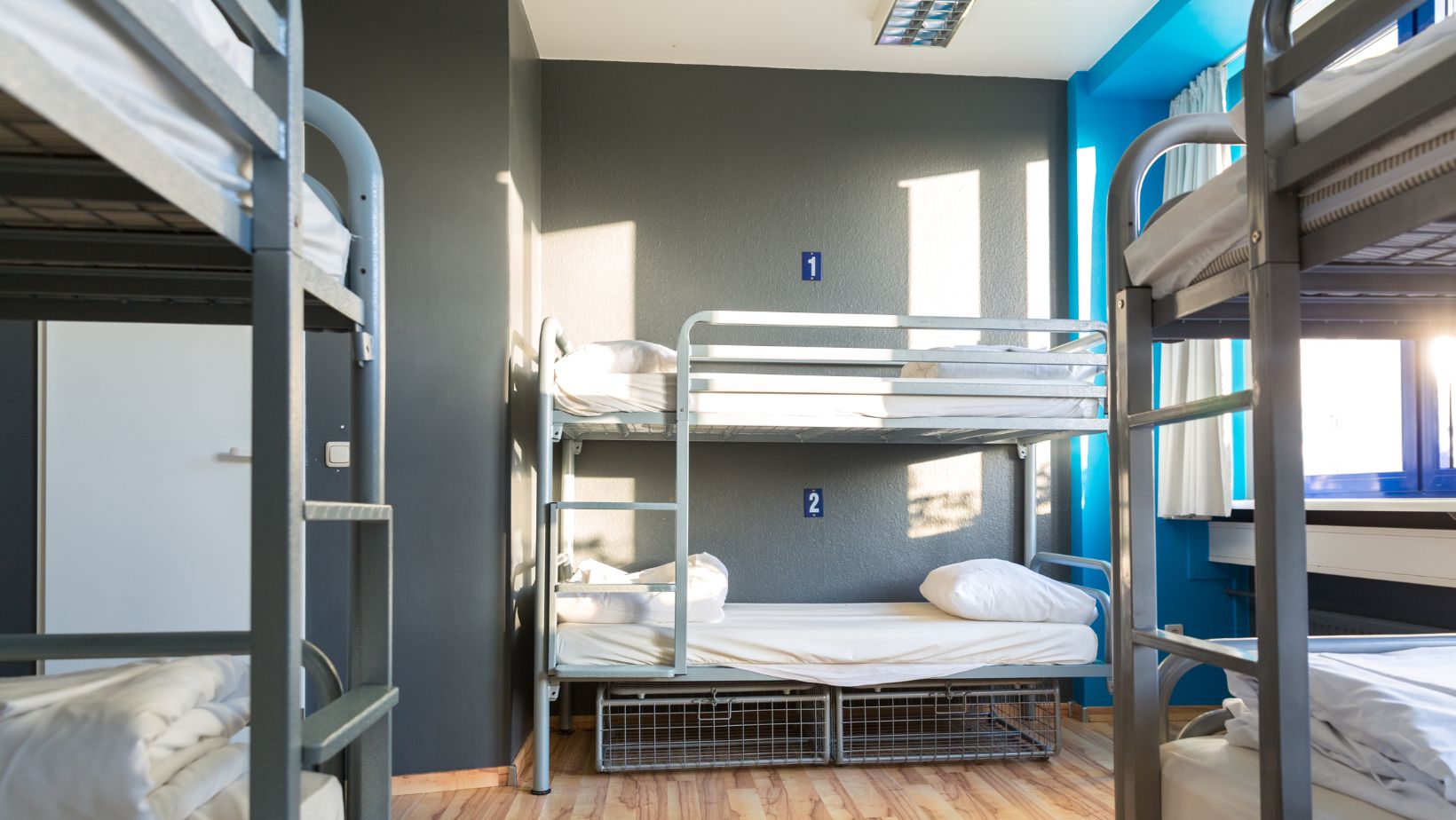
What’s the Age for Kids to Sleep in Bunk Beds? Expert Insights on Safety and Comfort

When it comes to bunk beds, parents often wonder about the right time for their children to sleep in one. Experts recommend children be at least six years old before using the top bunk, due to safety concerns. This recommendation is based on a child’s ability to use a ladder safely and have the maturity to sleep without rolling out.
Bunk beds are popular among families, especially for those looking to save space or add some fun to their children’s rooms. Parents searching for bunk beds should consider options that are sturdy and well-constructed. Kids often love climbing and playing on their beds, so choosing sturdy bunk beds helps keep them safe.
For older children, bunk beds can be suitable even into their teenage years. It depends on individual needs and available space. Some children enjoy the cozy feel of the top bunk, while others appreciate the space-saving nature of bunk beds in smaller rooms.
Determining the Right Age for Bunk Beds
The ideal age for children to sleep in bunk beds depends significantly on their developmental milestones and individual readiness. Safety is important, and parents must assess both physical and emotional maturity before making a decision.
Developmental Milestones and Safety Considerations
It’s widely recommended that children be at least six years old to sleep in the top bunk of bunk beds. According to recommendations from the Consumer Product Safety Commission, this age takes into account the child’s ability to safely navigate climbing up and down a ladder or stairs.

Younger toddlers and preschool-aged children often lack the balance and coordination necessary for safe use. Children should also be able to follow safety rules consistently to avoid accidents, such as not playing on the bunk bed or using it to jump.
Parents should confirm that the bunk bed is equipped with safety features like guardrails and a sturdy ladder. Adequate spacing between the bed and the ceiling is also important to prevent injuries.
Child’s Individual Readiness
Even when a child reaches the suggested age, their personal readiness is a key factor. Observe your child’s behavior—are they naturally cautious, or do they tend to take risks? This can indicate whether they are ready for a bunk bed.
Consider their sleep patterns, too. Children who move a lot during sleep may not be suitable for a top bunk. Communication with the child is important; they should express comfort and enthusiasm about sleeping in a bunk bed.
Parents should also involve the child in safety discussions. Encouraging them to take part in setting rules can lead to a safer and more enjoyable experience. This guarantees that both parents and children are confident in the child’s ability to use the bed safely.
Maximizing Bunk Bed Safety
Choosing a safe bunk bed and laying down clear rules can help prevent accidents. It’s important to focus on sturdy construction, proper placement, and child-friendly guidelines to keep kids safe.
Selecting the Right Bunk Bed
When selecting a bunk bed, focus on safety features like sturdy guardrails and a secure ladder. Guardrails should be on both sides of the top bunk, with a gap of no more than 3.5 inches to prevent falls. The ladder should be strong and easy for kids to climb.
Bunk beds made from durable materials like solid wood or metal offer more stability. Check that all components fit well and are properly fastened. Also, consider beds that meet safety standards, as recommended by authorities like the Consumer Product Safety Commission. Placing the bed against a wall can add extra stability.
Establishing Safety Rules
Setting clear rules for using the bunk bed helps keep kids safe. Children under six should not sleep on the top bunk. Teach kids to climb the ladder safely, facing forward and using both hands.

No roughhousing or jumping on the beds, especially the top bunk. These activities pose a risk of falls. It’s also important to keep the area around the bunk bed clear of toys and clutter, which could cause trips and falls. Regularly checking the bed’s hardware for any looseness can also prevent accidents.
Conclusion
Bunk beds can be a lot of fun for kids. They also save space in a room. The most common recommendation is that the top bunk should be used by children aged six and above.
Safety is important. Younger kids under six should not use the top bunk. The lower bunk can be used by kids as young as toddlers. It’s best to monitor children when they first use bunk beds to make sure they are safe and comfortable.
Parents should make the decision based on their child’s maturity and ability to follow the rules. Not every child of the same age may be ready to sleep on the top bunk. Regular checks on the bed’s structure can prevent accidents.




